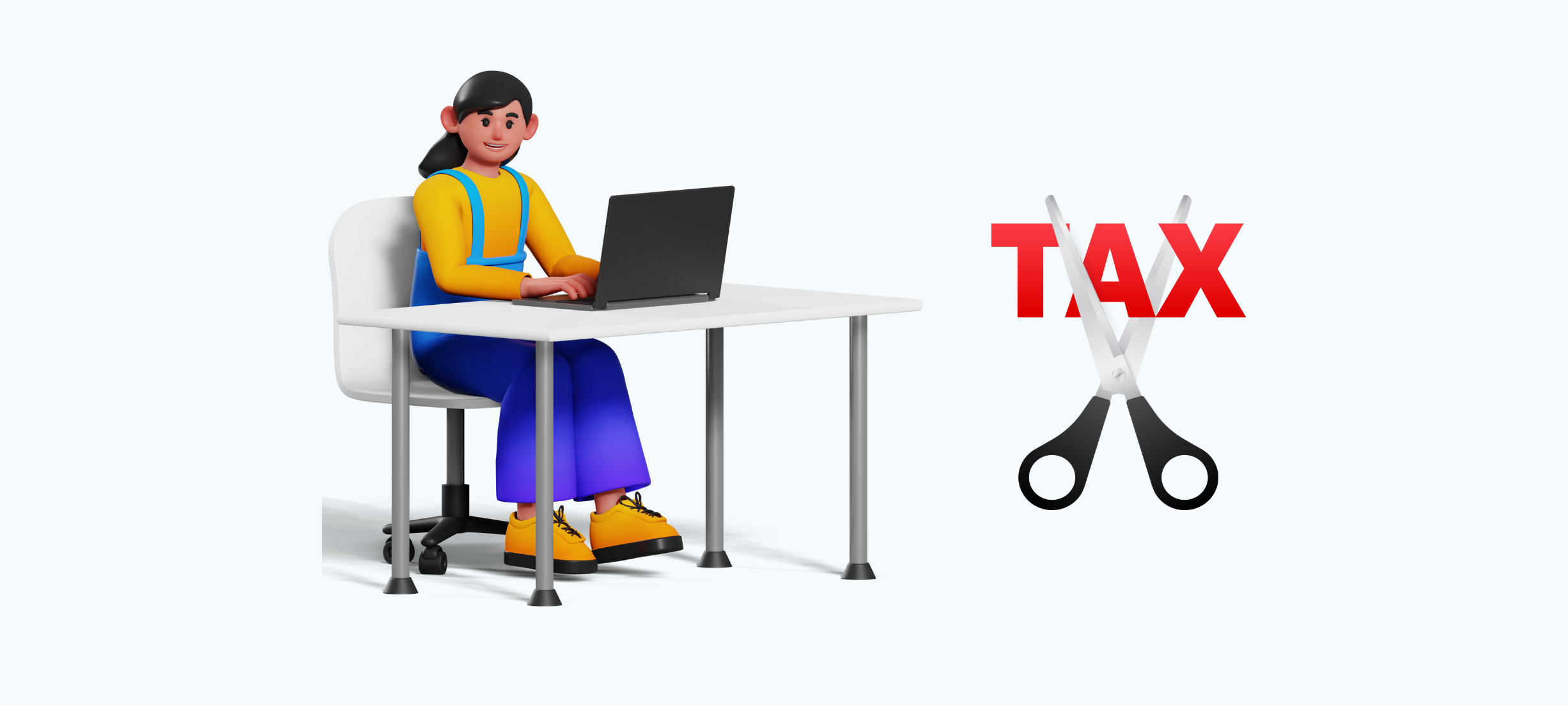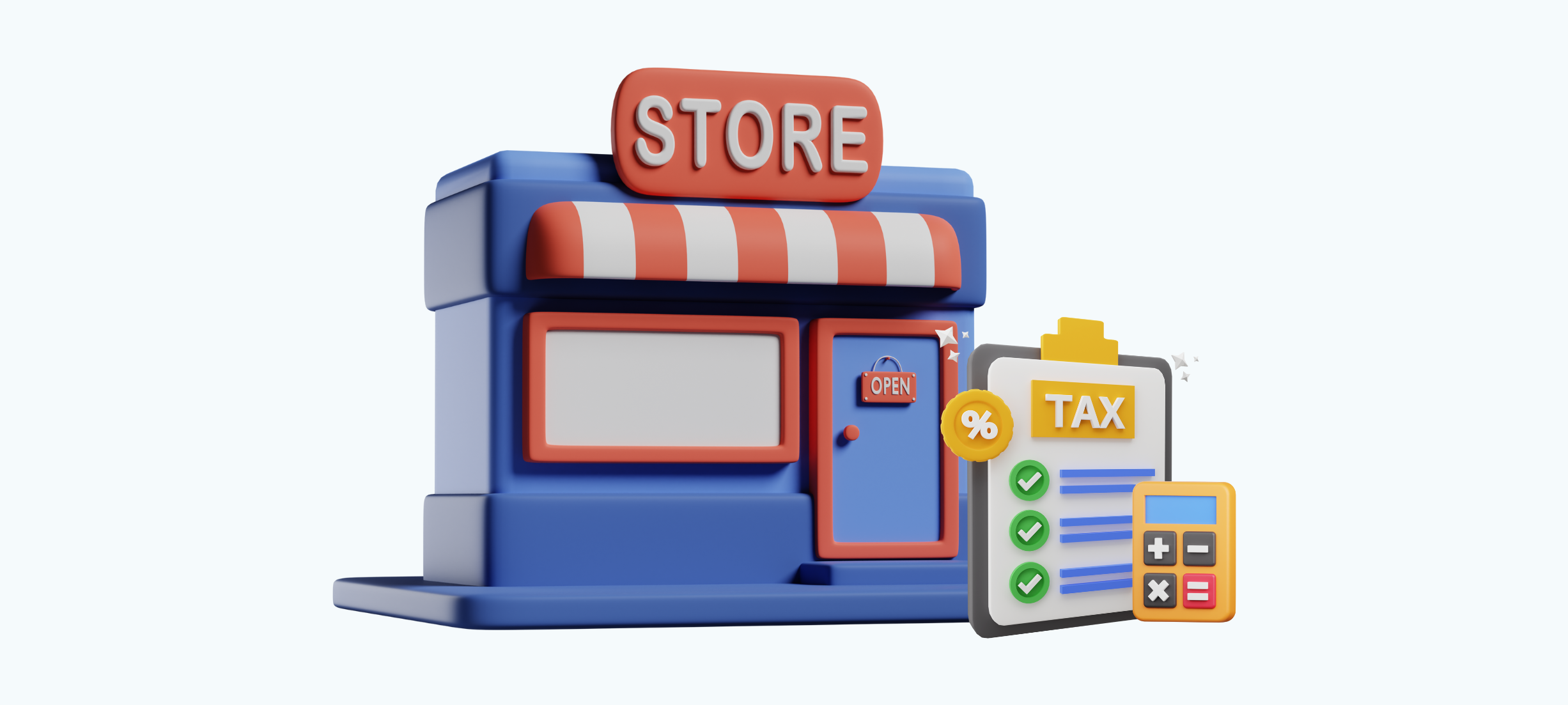
The Internal Revenue Service (IRS) has recently announced upcoming changes to income tax brackets and standard deductions for the 2024-2025 season. According to the annual inflation adjustments report released on Thursday, income thresholds for each bracket will experience a 5.4% increase.
This routine adjustment is part of the IRS's annual practice, utilizing a formula tied to the consumer price index. The primary goal is to address inflation and prevent "bracket creep," a situation where taxpayers are pushed into a higher tax bracket due to inflation, despite no real increase in income or purchasing power.
Compared to last year's historic 7% increase, the forthcoming 5.4% bump is slightly lower but still notable. This adjustment is more significant than periods in the past when inflation rates were lower, hovering around the current 3.7%. The IRS's proactive approach aims to maintain fairness in the tax system, ensuring that taxpayers' brackets accurately reflect their economic circumstances while preventing inadvertent tax burdens caused by inflation.
As defined by the 2017 Tax Cuts and Jobs Act, the federal income tax structure consists of seven rates. These rates are applied progressively, indicating that as your income increases, the corresponding percentage of taxes you pay also rises. The current tax rates are established at 10%, 12%, 22%, 24%, 32%, 35%, and 37%.
In 2024, the 10% tax rate will be applicable to individuals with taxable income up to $11,600 and joint filers with an income limit of $23,200. On the other end of the spectrum, the highest rate of 37% will come into play for individuals earning over $609,350 and married couples filing jointly with an income of $731,200 or higher.
Hold onto your wallets, taxpayers!
Married Couples Rejoice! Filing jointly? You're in for a $1,500 bonus on your standard deduction. That's right, instead of the $27,700 you claimed in 2023, you'll get to deduct a whopping $29,200 in 2024. Think about it – that's an extra $1,500 of income shielded from Uncle Sam's grasp!
Single Fliers, Don't Fret: Even if you're navigating the tax maze solo, you're still getting a bump. Your standard deduction jumps from $13,850 to $14,600 in 2024. That's an extra $750 to play with, whether it's boosting your savings or fueling some well-deserved splurges.
Heads of Household, We See You: Keeping the household running on one income? You're getting a $1,100 standard deduction upgrade, too! Your deduction climbs from $20,800 in 2023 to a cool $21,900 in 2024. That's another reason to celebrate.
Check out our new blog - Tax Deadlines for USA Expats in 2024
There are seven income thresholds in 2024, each associated with a specific tax rate:
Tax filing 2024 brings a wave of adjustments to various financial programs we rely on daily. From saving for retirement to managing healthcare expenses, here's a breakdown of the key changes impacting Social Security, Flexible Spending Accounts (FSAs), 401(k)s, and IRAs:
So, what does this all mean for you? Basically, the taxman is giving you a bit of a break thanks to inflation. They've nudged the income brackets up, just like your grocery bill, except in the opposite direction! It's not a windfall, but it's enough to maybe finally fix that leaky faucet or treat yourself to that fancy coffee you've been eyeing.
Still feeling a bit lost in the land of numbers and forms? Don't sweat it! That's where BookkeeperLive comes in. We're like your friendly financial translator, taking the mystery out of taxes and helping you make the most of these changes. Our expert bookkeepers can navigate the IRS jungle, crunch the numbers, and ensure you claim all the deductions and credits you deserve. Whether you're a solopreneur or a family juggling budgets, BookkeeperLive offers tailored outsourcing solutions to help your finances with reliable bookkeeping and tax preparation services. So, ditch the stress and let us handle the tax tango, freeing you up to focus on what you do best—living your life!
1. Do the tax brackets themselves change in 2024?
No, the marginal tax rates for each bracket remain the same (10%, 12%, 22%, etc.). However, the income thresholds for each bracket are adjusted upwards by 5.4% to account for inflation.
2. Will I pay more or less in taxes due to these changes?
It depends on your income and filing status. Most taxpayers (around 59%) will actually pay less thanks to the adjusted brackets and increased standard deduction. However, high earners may see a slightly higher tax bill due to the unchanged top marginal rates.
3. When will these changes go into effect?
These changes apply to your 2024 income, which you will file taxes on in spring 2025.
4. I earned the same amount in 2023 and 2024. Will my tax bracket be the same?
Probably not. Due to the adjusted income thresholds, you're likely to fall into a lower tax bracket in 2024, even if your income didn't change.
5. I'm a high earner. Do I still benefit from these changes?
The increase in the standard deduction 2024 may still benefit you by reducing your taxable income. However, you might also see a slightly higher tax bill due to the unchanged top marginal rates.
6. I file jointly with my spouse. How do these changes affect us?
The income thresholds and standard deduction both increase for married couples filing jointly. This means you'll likely pay less in taxes combined, especially if both your incomes fall into lower brackets due to the adjustments.
BookkeeperLive provides affordable bookkeeping and accounting services tailored to your business goals.





No calls, No meetings, No spam. Get started with a free trial by filling out the form.
*NDA included for your data protection.
Copyright © 2025 BookkeeperLive. All rights reserved. Privacy Policy Terms of Use
Please visit our India site to see services designed for your country
Enter the code, fill out the form, and unlock financial clarity with a free trial.